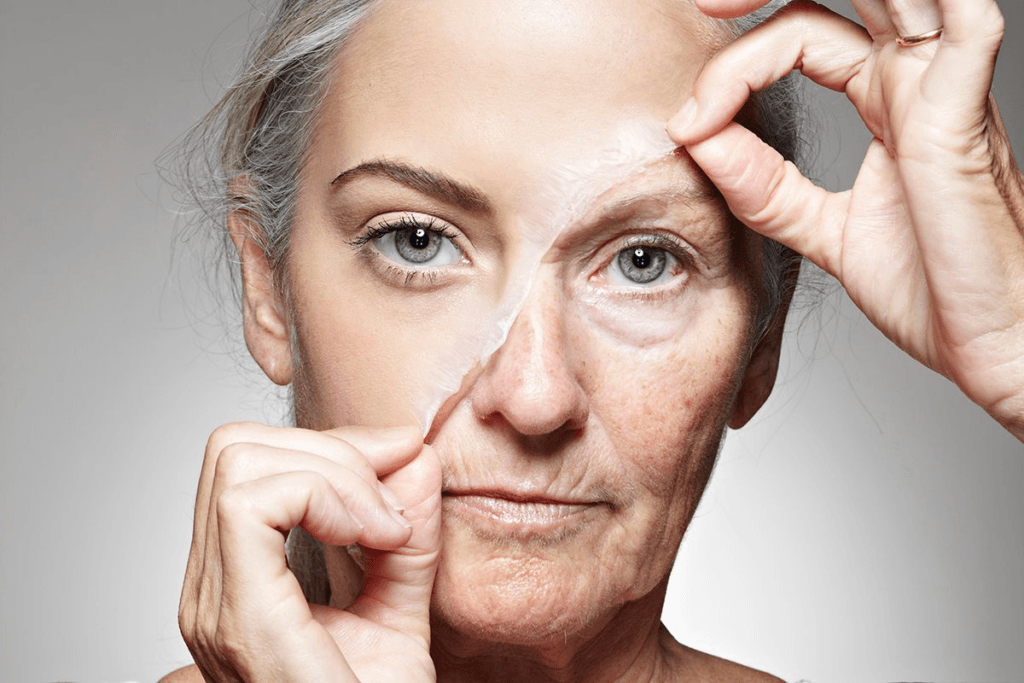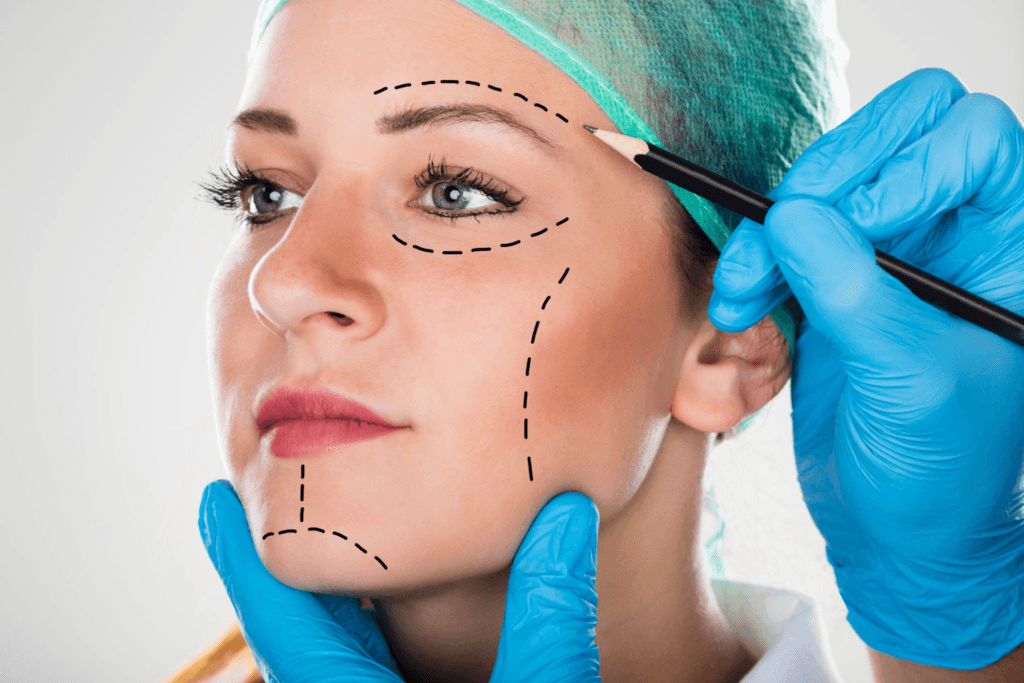What age is too late for a facelift? The desire to maintain a youthful appearance is a common human experience, and facelifts have become a popular option for addressing the visible signs of aging. However, the question of whether there’s an age limit for this procedure often arises. This article explores the factors that determine facelift candidacy, dispelling the myth of a strict age cutoff and focusing instead on individual health and realistic expectations.
Table of Contents
Understanding Facelift Candidacy
There isn’t a specific age that automatically disqualifies someone from a facelift. The ideal candidate is someone who is physically and mentally healthy and has realistic expectations about the procedure’s outcomes. A consultation with a board-certified plastic surgeon is crucial to determine individual suitability. The surgeon will assess the patient’s overall health, skin condition, and the extent of facial aging to determine the best course of action.
Many patients consider a facelift in their 50s and 60s, but it’s not uncommon for individuals in their 40s or even 70s and beyond to undergo the procedure. The key is not chronological age, but rather the degree of skin laxity, fat redistribution, and the presence of deep wrinkles that contribute to a tired or aged appearance. A thorough evaluation will help determine if a facelift is the right choice, or if alternative treatments might be more appropriate. Ultimately, the decision should be a collaborative one between the patient and their surgeon.
The surgeon will also consider the patient’s lifestyle and overall health. Smoking, for example, can significantly impair healing and increase the risk of complications. Therefore, lifestyle factors play a significant role in determining candidacy and potential outcomes. Open communication between the patient and surgeon is vital for achieving the best possible results.

Age vs. Facial Aging Factors
While chronological age is a factor, it’s not the sole determinant of facelift candidacy. Genetic predisposition, sun exposure, smoking, and lifestyle choices all contribute significantly to the visible signs of aging. Someone in their 50s with significant sun damage might be a better candidate than a 65-year-old with minimal sun exposure and excellent skin elasticity.
The extent of facial sagging, the depth of wrinkles, and the amount of fat loss all play a greater role than age alone. A comprehensive facial evaluation will assess these factors to determine the appropriate surgical plan. This might involve a full facelift, a mini-lift, or a combination of surgical and non-surgical procedures. The surgeon will tailor the approach to the individual’s unique needs and goals.
Ultimately, the goal is to restore a more youthful and refreshed appearance, not to erase all signs of aging. Focusing on realistic expectations is key to a successful outcome. The surgeon will help patients understand the limitations of the procedure and what can realistically be achieved.
Assessing Skin Elasticity & Health
Skin elasticity plays a crucial role in determining facelift candidacy and the potential results. The surgeon will assess the skin’s ability to retract and maintain its new position after the procedure. Patients with good skin elasticity tend to achieve more natural-looking and long-lasting results.
Factors such as sun damage, smoking, and genetics can significantly impact skin elasticity. Sun-damaged skin is often less elastic and may be more prone to complications. The surgeon will evaluate the skin’s texture, tone, and overall health during the consultation. This evaluation helps determine the feasibility of the procedure and the potential for achieving optimal results.
If skin elasticity is significantly compromised, the surgeon might recommend alternative treatments or suggest a modified surgical approach to optimize the outcome. This might involve combining a facelift with other procedures like skin resurfacing to improve skin texture and tone. The goal is to achieve the best possible results while minimizing potential risks.
The Role of Overall Health
A patient’s overall health is a critical factor in determining suitability for a facelift. Pre-existing medical conditions, such as heart disease, diabetes, or blood clotting disorders, can increase the risks associated with surgery. It’s essential to disclose all medical information to the surgeon during the consultation.
The surgeon will perform a thorough medical evaluation to assess the patient’s fitness for surgery. This might include blood tests, electrocardiograms, or other diagnostic tests. Patients with uncontrolled medical conditions may need to optimize their health before undergoing a facelift. This ensures a safer surgical experience and a better chance of successful recovery.
Furthermore, the surgeon will assess the patient’s ability to tolerate anesthesia and the potential for post-operative complications. Open communication and a collaborative approach are crucial to ensure the patient’s safety and well-being throughout the entire process.
Realistic Expectations & Recovery
It’s crucial for patients to have realistic expectations regarding the results of a facelift. A facelift can significantly improve the appearance of sagging skin and wrinkles, but it won’t stop the aging process entirely. The surgeon will discuss realistic outcomes and limitations during the consultation.
Recovery from a facelift typically involves some swelling, bruising, and discomfort. The duration of recovery varies depending on the extent of the procedure and individual healing capabilities. Patients should be prepared for several weeks of downtime, including limitations on physical activity.
Following the surgeon’s post-operative instructions is critical for a successful recovery. This includes proper wound care, medication management, and adherence to activity restrictions. Regular follow-up appointments with the surgeon are essential to monitor healing progress and address any concerns.
Long-Term Results & Maintenance
While a facelift can produce long-lasting results, they are not permanent. The longevity of the results depends on several factors, including individual genetics, lifestyle choices, and sun exposure. Maintaining a healthy lifestyle can help prolong the effects of the procedure.
Sun protection is crucial for preserving the results of a facelift. Regular use of sunscreen with a high SPF is essential to prevent further sun damage and premature aging. Avoiding smoking is also vital, as it can negatively impact skin elasticity and healing.
Conclusion: What age is too late for a facelift?
Long-term maintenance might include additional non-surgical treatments, such as Botox or fillers, to address specific areas of concern. These treatments can help maintain a refreshed appearance and complement the results of the facelift. Regular consultations with the surgeon will help determine the appropriate maintenance plan for individual needs.
There is no single “too late” age for a facelift. The decision should be based on a thorough assessment of individual health, skin condition, and realistic expectations. A consultation with a qualified plastic surgeon is crucial to determine candidacy and develop a personalized surgical plan. Open communication and a collaborative approach between the patient and surgeon are essential for achieving the best possible results and ensuring a safe and successful outcome.
Transform Your Confidence with Surgyteam!
Join the thousands of satisfied patients who have experienced the exceptional care and expertise of Surgyteam’s renowned plastic surgeons. Whether you’re seeking aesthetic enhancements or reconstructive surgery, our dedicated team in Antalya is here to provide you with the highest quality treatment and personalized care.



